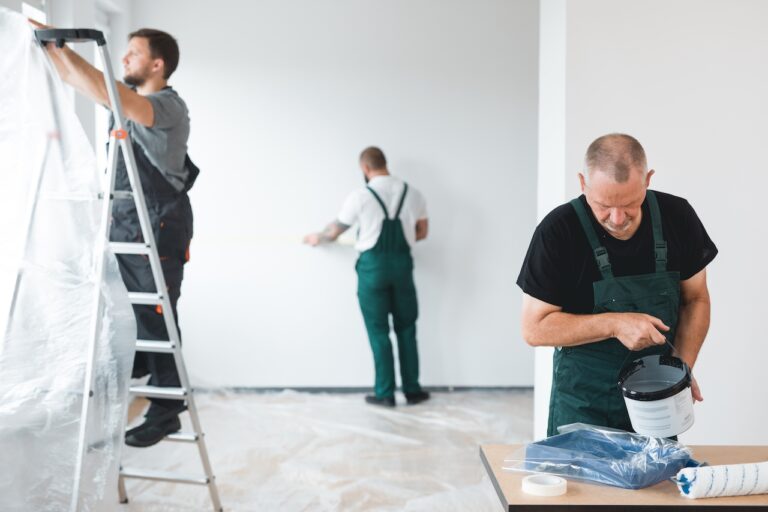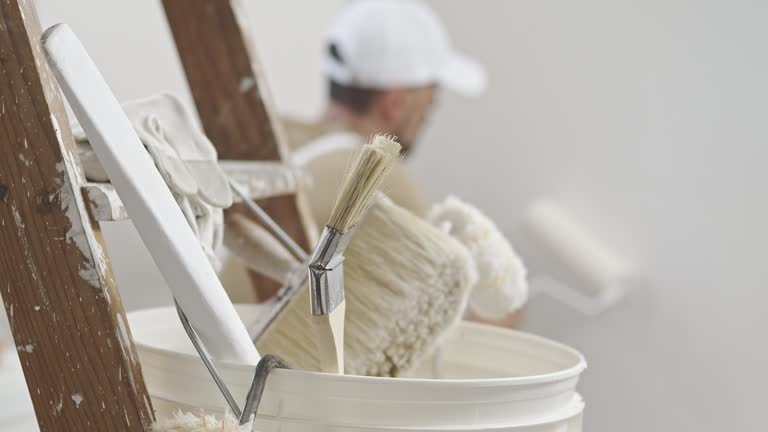How to Maintain Painted Surfaces
Introduction: Whether you’re refreshing a room with a coat of paint or building a custom bookshelf, having the right tools is the cornerstone of any successful DIY project. For homeowners and hobbyists, knowing which tools are essential—and how to use them—can mean the difference between a professional-grade result and a frustrating, time-consuming mess. This article explores 10 indispensable tools for painting and carpentry, curated to help you tackle common projects with confidence. From precision measuring to flawless finishes, these tools not only save time but also ensure safety, accuracy, and durability. Let’s dive into the must-haves that belong in every DIY enthusiast’s toolkit.
Precision Measuring and Marking Tools
Accuracy is the foundation of carpentry and painting. Without proper measurements, even the simplest projects can go awry. Start with these essentials:
- Tape Measure: A 25-foot retractable tape measure with a magnetic tip is ideal for solo work.
- Combination Square: Perfect for marking 90° and 45° angles, ensuring joints and cuts align perfectly.
- Laser Level: For hanging shelves or aligning tile, a self-leveling laser eliminates guesswork.
Pro Tip: Always double-check measurements before cutting or drilling to avoid costly mistakes.
Cutting Tools for Clean Edges and Joints
Sharp, reliable cutting tools ensure materials fit seamlessly. Prioritize these:
- Utility Knife: Use for scoring drywall, trimming wallpaper, or opening paint cans.
- Japanese Pull Saw: Its thin blade delivers precise cuts with minimal effort, ideal for fine woodworking.
- Circular Saw: A cordless model offers portability for cutting plywood, boards, or PVC trim.
Safety Note: Always wear safety goggles and secure materials with clamps before cutting.
Painting Tools for a Professional Finish
A smooth, even coat requires more than just a brush and roller. Invest in:
- Angled Sash Brush: Its tapered bristles make cutting-in around trim effortless.
- High-Density Roller: Choose a ½-inch nap for smooth walls or ¾-inch for textured surfaces.
- Paint Edger: Attach to a roller handle for crisp lines near ceilings and corners.
Pro Tip: Clean brushes with warm, soapy water immediately after use to extend their lifespan.
Fastening Tools for Sturdy Construction
Secure joints and installations demand reliable fastening tools:
- Cordless Drill/Driver: Look for a lithium-ion model with adjustable torque for driving screws or drilling holes.
- Finish Nailer: A pneumatic or electric nailer ensures invisible fastening for trim and molding.
- Claw Hammer: Opt for a fiberglass handle for reduced vibration when driving nails.
Safety Note: Store nail guns unloaded and disconnect air hoses when not in use.
Conclusion:
Equipping your workshop with these 10 essential tools empowers you to tackle nearly any painting or carpentry project with precision and efficiency. From measuring and cutting to painting and fastening, each tool serves a unique purpose in streamlining your workflow and elevating results. Remember, quality matters—investing in durable, ergonomic tools pays off in longevity and performance. Start with the basics, like a tape measure and cordless drill, and gradually expand your collection as your skills grow. Whether you’re building a deck or repainting a bedroom, the right tools transform DIY challenges into rewarding accomplishments. Happy building!







